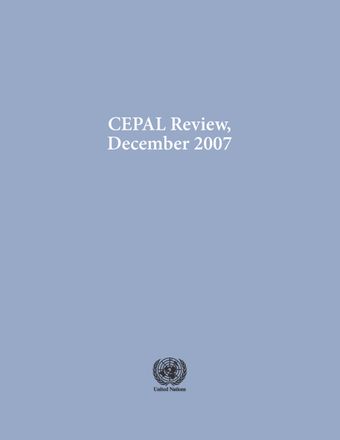-
The sustainability of monetary sterilization policies
- Source: CEPAL Review, Volume 2007, Issue 93, Dec 2007, p. 29 - 36
- Spanish
-
- 14 Dec 2007
Abstract
The focus of this paper is on policies that set out simultaneously to control the exchange rate and monetary conditions (an instrument interest rate, for example) in situations where capital mobility is unrestricted, there is an excess supply of international currency and the central bank sets targets for the exchange rate and interest rate. The paper calculates how high the local interest rate can go at any time without rendering monetary sterilization policy unsustainable, defines the degree of monetary autonomy as the difference between this rate on the one hand and the sum of the international interest rate and the rate of increase in the exchange rate on the other, and analyses how the degree of autonomy evolves. Numerical examples using data from Argentina and elsewhere suggest that sterilization policy is sustainable and that a considerable degree of monetary autonomy exists in contexts that are by no means unusual in many developing economies.





